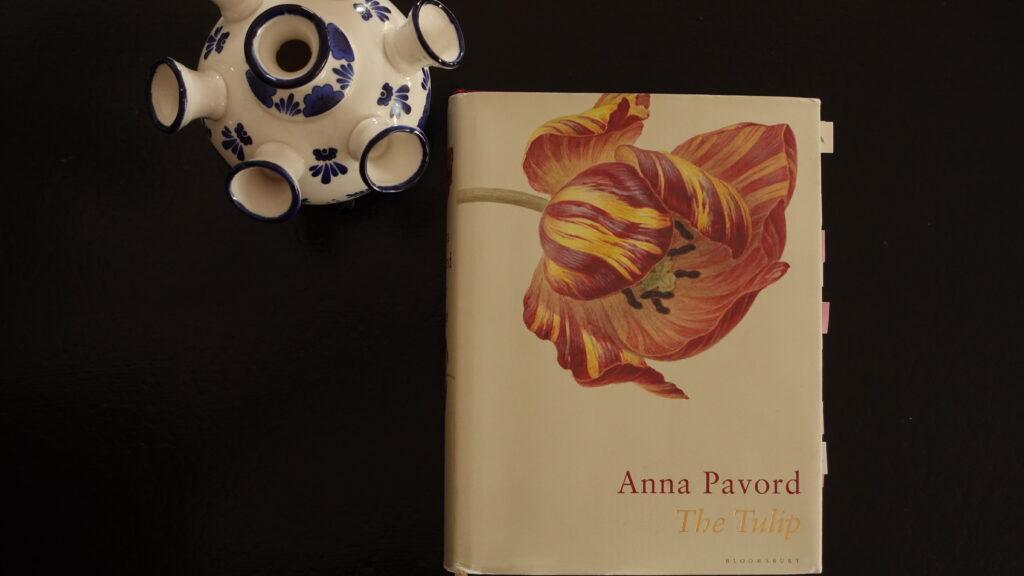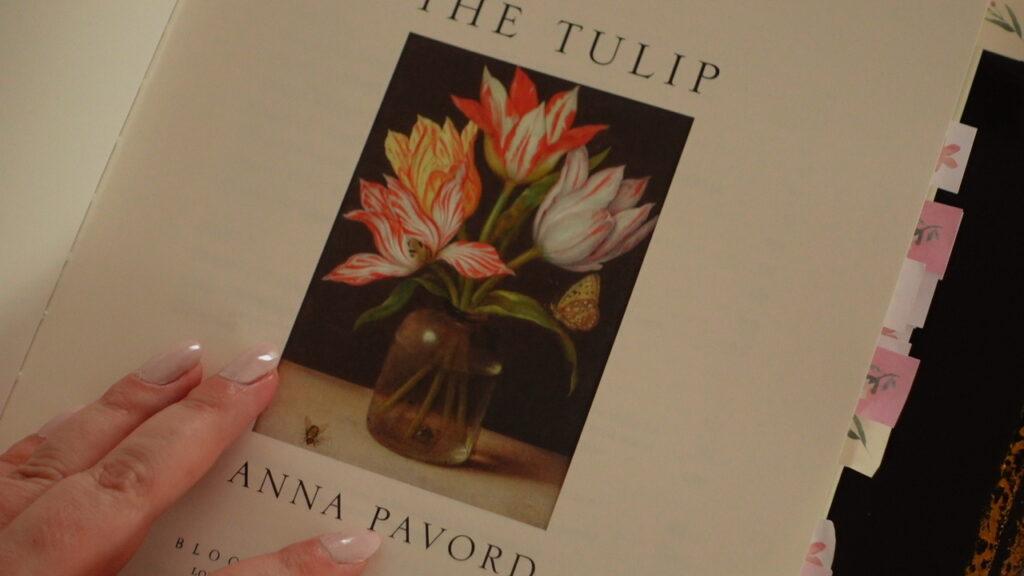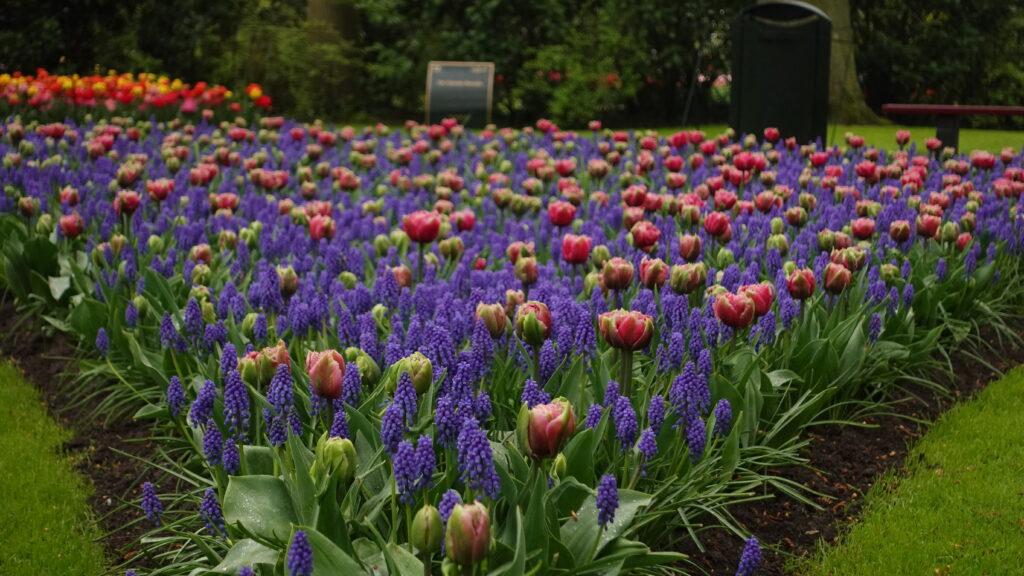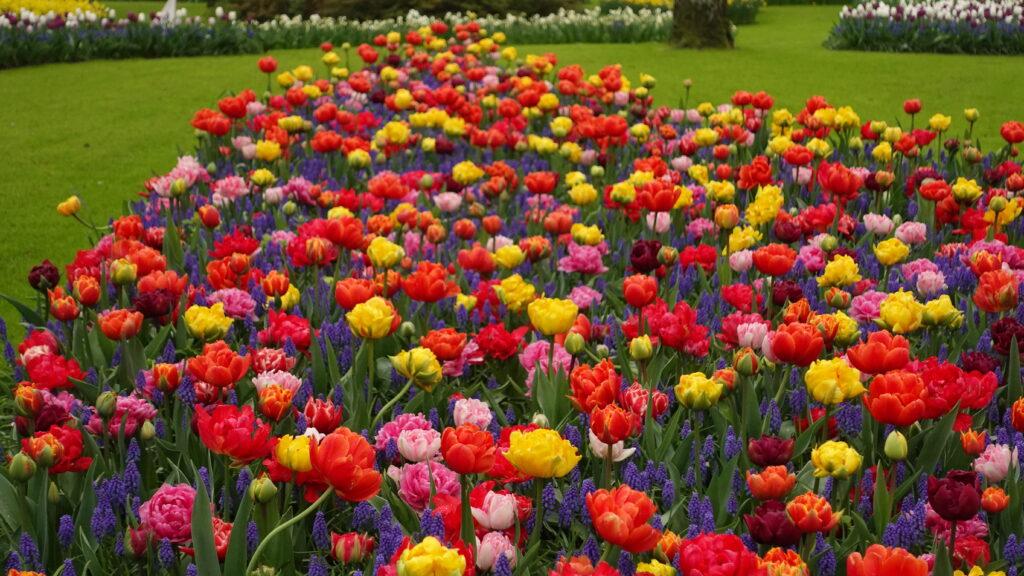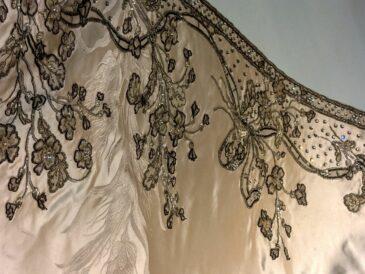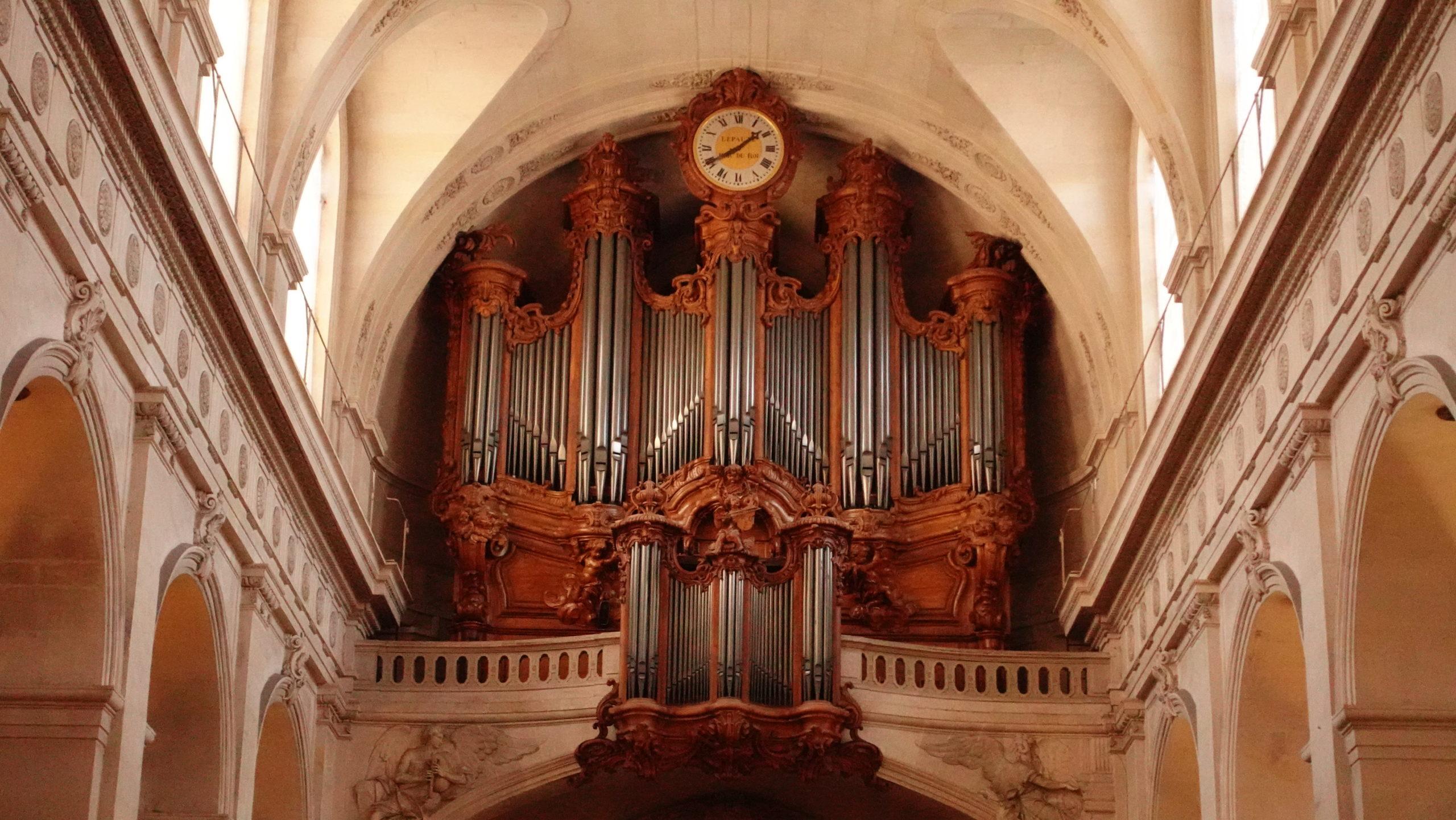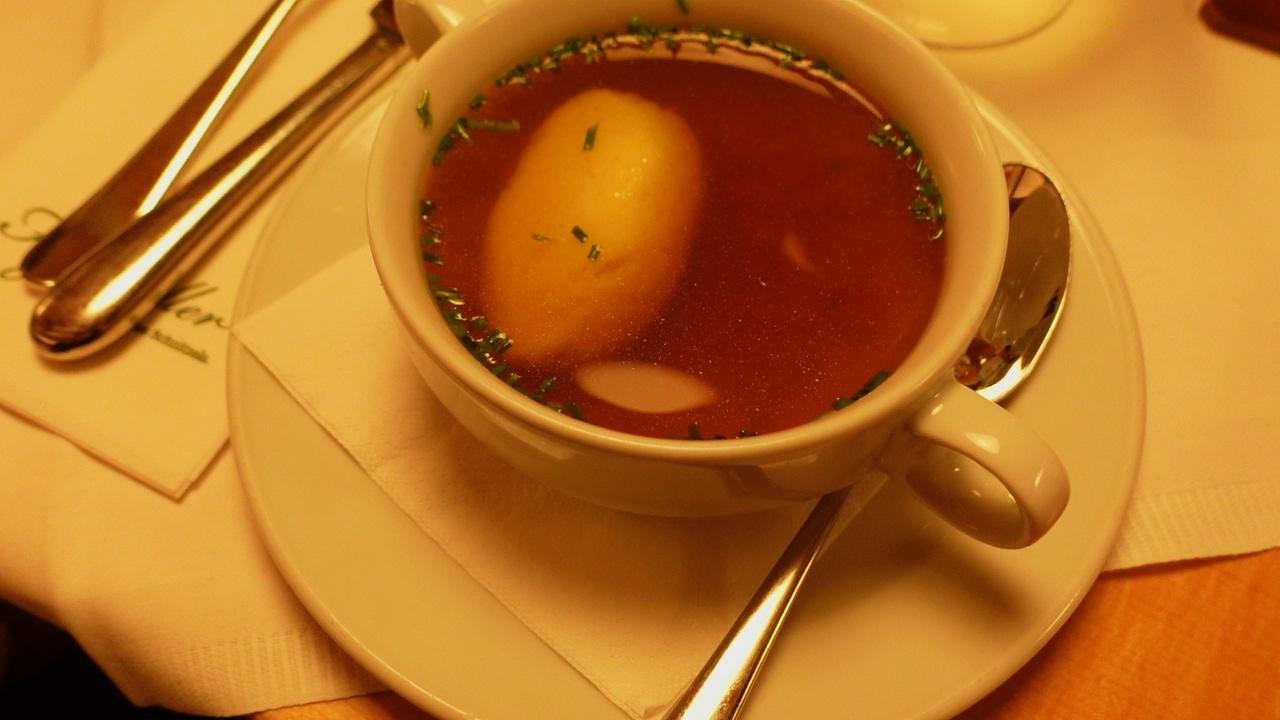There is a famous quote by Rebecca Wells that says “Flowers heal me. Tulips make me happy.” This resonates with me, especially since I’m such an olfactory person, I’m always more naturally drawn to scented flowers. But the tulip has an irresistible elegance, a cheeky wave good-bye to the winter in its explosion of colour that brings me joy with each petal.
As a teenager I saw my mom go into a tulip frenzy in our garden, with almost 20 different colours, all sourced from the Netherlands, all equally exceptional. I think that was the first time I thought of visiting the Dutch tulip fields. Years later, a dear friend of mine visited the world famous Keukenhof Gardens, and it has been on my bucket list ever since.
10 years later, the dream came true.
And in true Ritual of Reading fashion, I prepared my visit with a book. If tulips are your jam, than Anna Pavord’s book is what your personal library needs.
The Tulip is first of all a beautiful book to look at, with botanical illustrations, famous paintings or centuries old documents, this is an encyclopedia of the flower. And then, the contents align before you a timeline that is unique to this treasure : from its origins in the Ottoman Empire, to its arrival in Northern Europe, the Dutch Tulipomania and the English florist societies, up to the modern day challenges of the cut flower industry, this is the Bible of the Tulip.
I’m not usually a patient reader, but Pavord’s work, like most well researched, encyclopedic publications, imposes a rhythm of its own. I started reading it before my trip, and finished it two months later. It is the kind of opus that you come back to, over and over again, in search of this detail or that anecdote. And it will never disappoint.
You may wish to know the name of the florist-in-chief at Sultan Ibrahim’s court in 1640… Sari Abdullah Efendi… or how tulip parties were designed in the Grand Vizier’s gardens.
You may be wondering why we call them tulips, since the Turkish and Persian name is Lale. And you’ll find out it was a mistranslation during an official state visit where the turban of a gentleman was mistaken for the flower that peaked its head from the silk.
You’ll even find out without planning that the first tulipomania took place in France, before the bulbs took over the Netherlands where a keen sense of business and trading made history.
The information in the book is abundant, which makes it the perfect companion for a day spent in the Keukenhof Gardens in Lisse, The Netherlands.
The current garden was created in 1949, on the grounds of a former castle garden from the 15th century. With its 32 hectars (80 acres) and 7 million flower bulbs planted each year, this is the largest floral park in the world, where every spring, local nurseries and floral societies present an overwhelming variety of crocus, hyacinths, daffodils, but mostly tulips.
The landscaping is designed a year in advance. The bulbs are planted from Octobre until December. And the gardens are open from mid-March to early May. It’s no wonder that even on a rainy day, like mine was, the alleys are full of people. And somehow, surrounded by 26 000 people each day, you’re never disturbed by the crowd.
My Keukenhof visit was a revelation, and one of the greatest surprises of recent years. Having dreamt of this for the past ten years, you can imagine I saw every photo and video online, every documentary and website, I knew it was magnificent. But the feeling you get when you’re actually there, cannot begin to compare. When I say that the beauty is overwhelming, I mean that 30 minutes into the visit I was already wondering how all of it is even possible. And then you get to a point where the only reaction you can have are tears of joy.
Once I’ve reached maximum colour saturation, my attention switched briefly to the visitors. Here were all these people of every age and cultural background, with rain ponchos or umbrellas, taking their time in front of each flower bed, absorbing the infinite beauty.
Six petals that form a cup on top of a long stem that comes out of a bulb. It’s as simple as that. Yet nothing looks simple in this picture. The tulip will never cease to fascinate me, and even if I never go back to Keukenhof again, the memories will last me a lifetime.
“Love tastes like Tulips having rain tea in a colored cup.”
— Fathima Shamla
Until next time, enjoy your reading and your rituals !
If you would like to support The Ritual of Reading, please consider purchasing your books from the Bookshop.org dedicated site by clicking the link below. You get to support local bookstores and I make a small commission with every purchase. Thank you !

